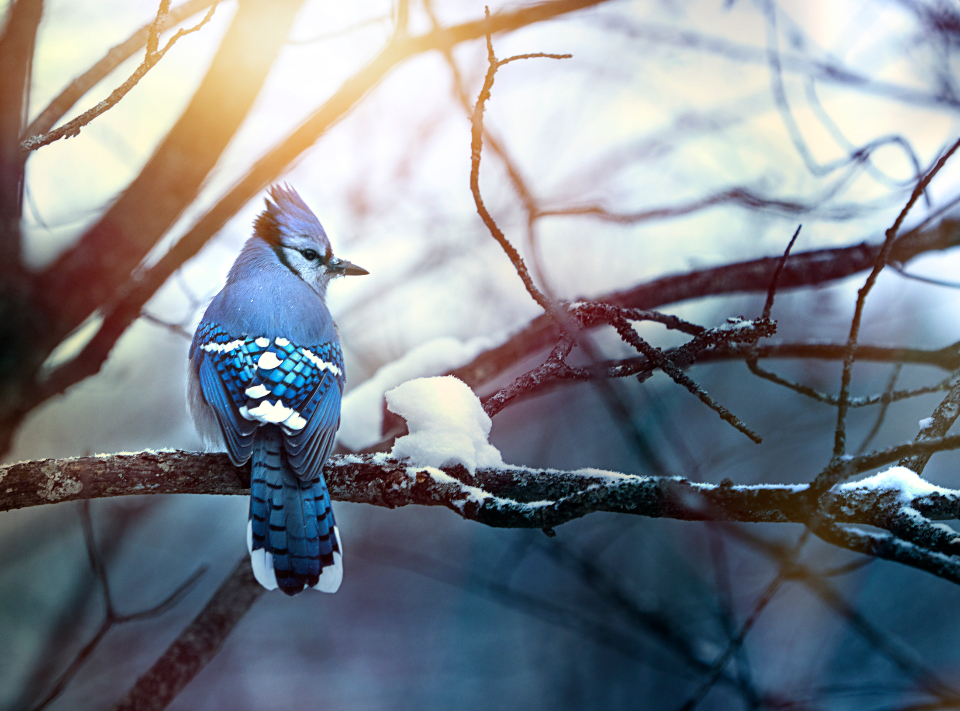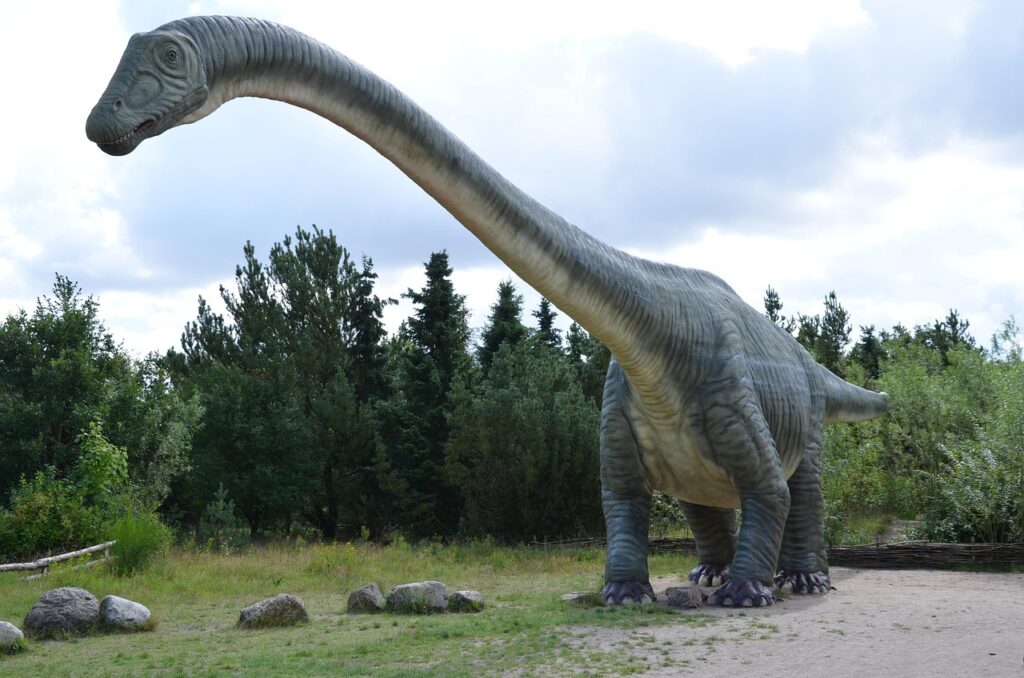Picture this: you’re sipping your morning coffee, watching a robin hop across your lawn, when suddenly the reality hits you. That small, chirping creature is literally a dinosaur. Not descended from dinosaurs, not related to dinosaurs – it IS a dinosaur. The humble birds flitting around your backyard carry secrets that would make any paleontologist’s heart race, and today we’re diving into the most mind-blowing connections between your feathered neighbors and their prehistoric ancestors.
Your Backyard Robin Shares DNA with Tyrannosaurus Rex
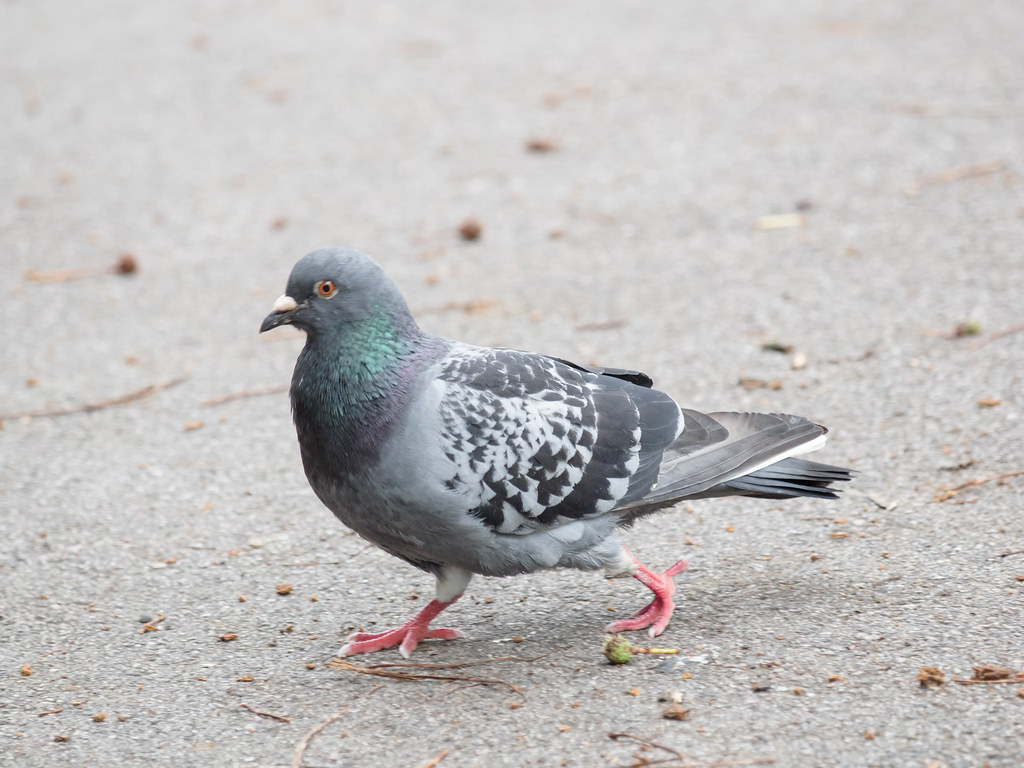
Here’s something that’ll make you do a double-take the next time you see a bird: It’s an unlikely relationship, but the humble pigeon is a descendant of the group of dinosaurs that also includes the mighty Tyrannosaurus rex. The two species share a remarkable biological past. This isn’t just some distant evolutionary connection we’re talking about – it’s a direct lineage.
Birds evolved from a group of meat-eating dinosaurs called theropods. That’s the same group that Tyrannosaurus rex belonged to, although birds evolved from small theropods, not huge ones like T. rex. The genetic blueprint that makes your backyard robin possible is the same one that once created the most fearsome predator in Earth’s history. When you really think about it, every bird outside your window is carrying the genetic legacy of creatures that ruled the planet for over 160 million years.
Modern Birds Still Sleep Like Their Dinosaur Ancestors Did
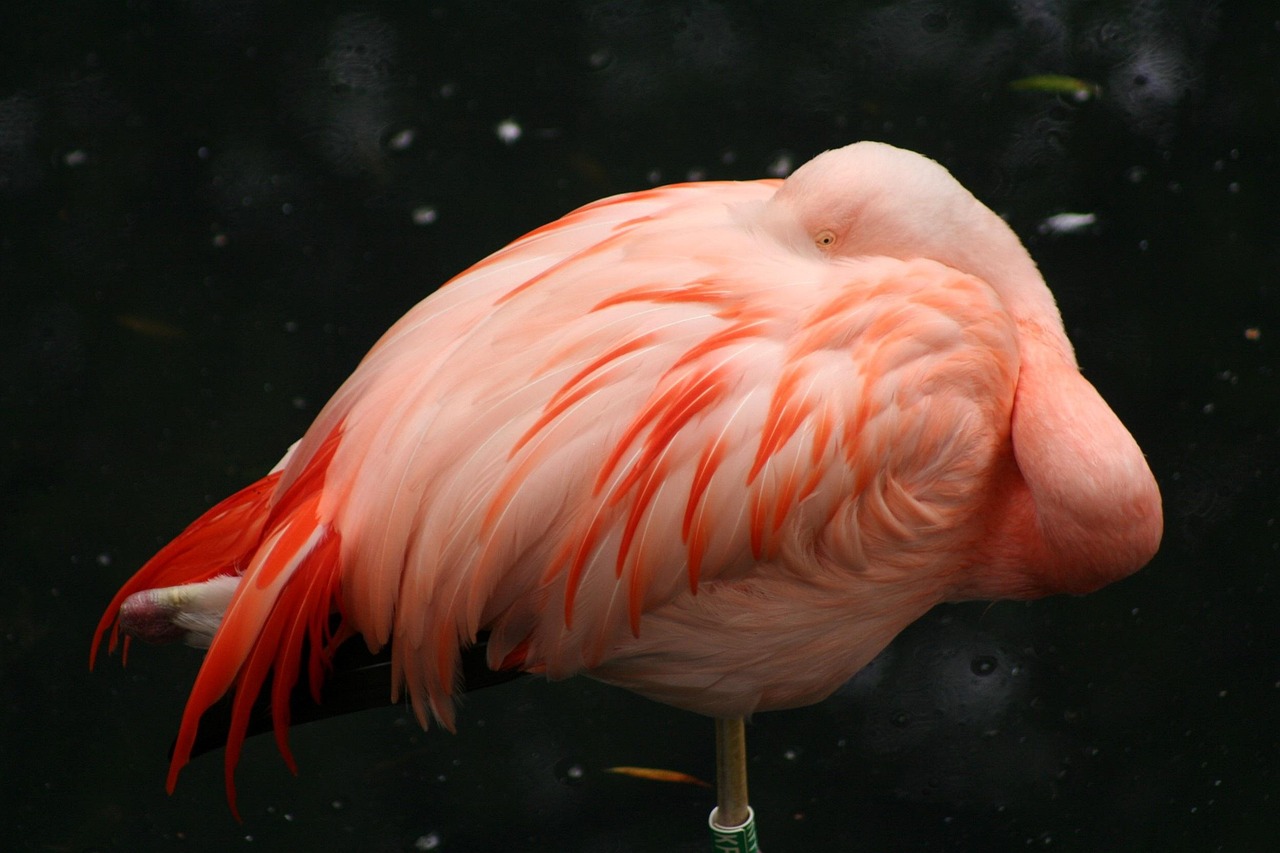
Fossils of the troodonts Mei and Sinornithoides demonstrate that the dinosaurs slept like certain modern birds, with their heads tucked under their arms. This behavior, which may have helped to keep the head warm, is also characteristic of modern birds. That adorable way you’ve seen birds sleeping with their heads nestled in their feathers isn’t just cute – it’s a behavior that’s been passed down through 80 million years of evolution.
The next time you spot a bird roosting in your garden with its head tucked under its wing, you’re witnessing a bedtime ritual that tiny dinosaurs perfected long before mammals even became a dominant life form. Rare fossils also give us glimpses of the behaviour of bird-like dinosaurs, such as Mei long, a small, duck-sized bipedal dinosaur from the Cretaceous era. It was found preserved in volcanic ash falls – a bit like Pompeii – captured curled up in a sleeping position very similar to how a lot of birds roost today.
Birds Inherited Parenting Skills That Made Dinosaurs Successful

Think the devoted parenting you see in birds is just a modern development? Think again. Some fossils show dinosaurs brooding on nests, a behavior identical to modern birds. The protective instincts and nesting behaviors that make birds such dedicated parents were actually perfected by their dinosaur ancestors millions of years ago.
Other extraordinary discoveries have shed light on the nesting behavior of these dinosaurs. Skeletons of oviraptorids and troodontids have been discovered on top of their clutches of eggs. The fossils show evidence that these animals adopted a posture similar to that of brooding birds. When you see a mother bird fiercely protecting her nest or carefully turning her eggs, you’re watching behaviors that helped dinosaurs thrive for over a hundred million years. These weren’t cold-blooded, neglectful reptiles – they were caring, attentive parents whose strategies were so effective that birds still use them today.
The Secret Behind Birds’ Incredible Intelligence Dates Back 80 Million Years
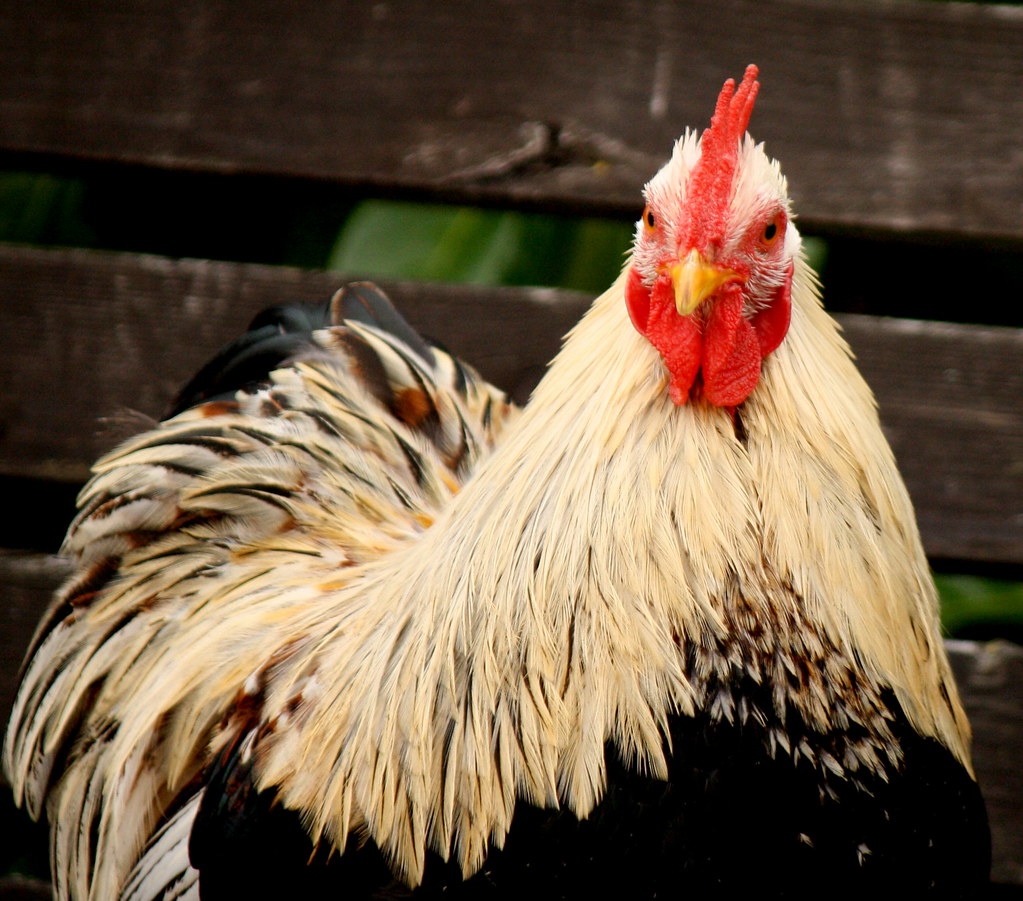
Recent discoveries have revealed just how ancient bird intelligence really is. The fossil fills a 70-million-year gap in our understanding of how the brains of birds evolved: between the 150-million-year-old Archaeopteryx, the earliest known bird-like dinosaur, and birds living today. Scientists have found fossilized bird brains that show Navaornis had a larger cerebrum than Archaeopteryx, suggesting it had more advanced cognitive capabilities than the earliest bird-like dinosaurs.
Modern birds have some of the most advanced cognitive capabilities in the animal kingdom, comparable only with mammals. That crow solving puzzles in your yard or the parrot learning to mimic speech isn’t just showing off – they’re displaying intellectual abilities that have deep evolutionary roots. CT scanning of these specimens has revealed that these species had a big brain and that the forward-most part of the organ was expanded. A large forebrain is what makes birds so intelligent and acts as their in-flight computer, allowing them to control the complicated business of flying and to navigate the complex 3-D world of the air. Scientists do not yet know why these dinosaurs evolved such keen intelligence, but the fossils clearly show that the ancestors of birds got smart before they took to the skies.
Your Backyard Birds Have a Breathing System That Rivals Fighter Jets
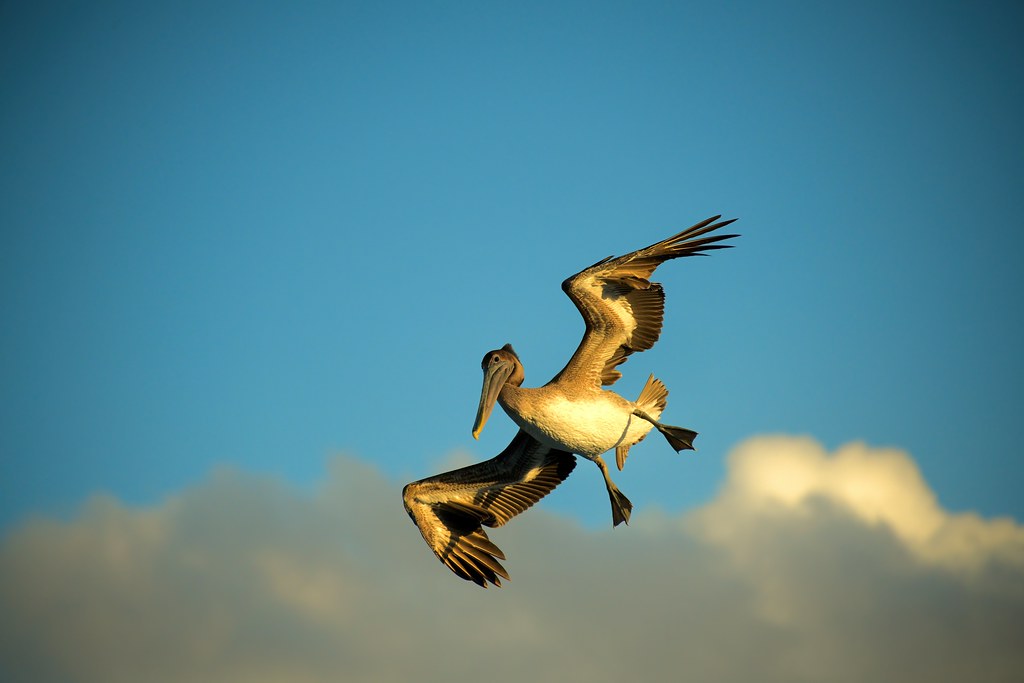
Here’s something that’ll blow your mind: Birds have a unique system of air sacs that allow for constant oxygen flow – similar systems have been found in some theropod fossils. The respiratory system that allows birds to perform incredible aerial feats isn’t a recent evolution – it’s an ancient dinosaur inheritance that’s more efficient than what any human engineer has managed to create.
The specialized respiratory system of birds, featuring air sacs that allow for unidirectional airflow through their rigid lungs, also has roots in their dinosaurian past. Evidence of these air sacs has been found in the fossilized skeletons of certain theropods, indicating a gradual development of this efficient breathing mechanism. When you watch a hummingbird hover effortlessly at your feeder or see a hawk soar for hours without flapping, you’re witnessing the power of a breathing system that was already being perfected when T. rex roamed the Earth. This isn’t just evolutionary efficiency – it’s engineering genius that dinosaurs developed over millions of years of trial and error.
Feathers Were Originally Dinosaur Fashion Statements, Not Flight Tools
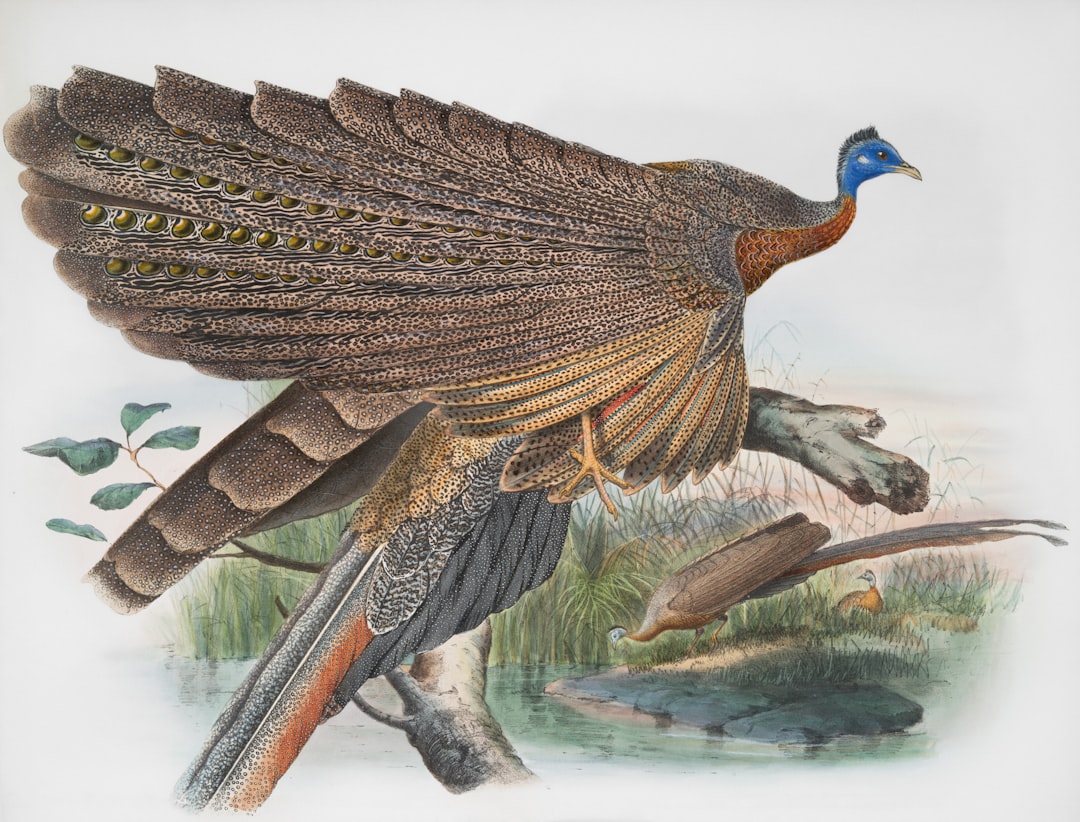
Discoveries have shown that bird-specific features like feathers began to emerge long before the evolution of birds, indicating that birds simply adapted a number of pre-existing features to a new use. Those beautiful feathers you see on birds weren’t originally designed for flight at all – they were prehistoric fashion accessories used for everything from staying warm to attracting mates.
Feathers are nature’s Swiss Army knives, multipurpose tools that can enable flight, impress mates or rivals, and retain warmth and brood eggs while an animal sits on a nest. Indeed, they have so many uses it has been hard to figure out which purpose they first evolved to serve. Sinosauropteryx and the other Liaoning fossils make one thing certain: feathers did not suddenly spring forth with the first birds but originally debuted far earlier, in their distant dinosaurian ancestors. The next time you admire the iridescent sheen on a grackle’s feathers or the brilliant red of a cardinal, remember that you’re looking at the end result of a fashion trend that started with dinosaurs showing off to potential mates over 150 million years ago.
The Mass Extinction That Killed Dinosaurs Actually Made Birds Stronger
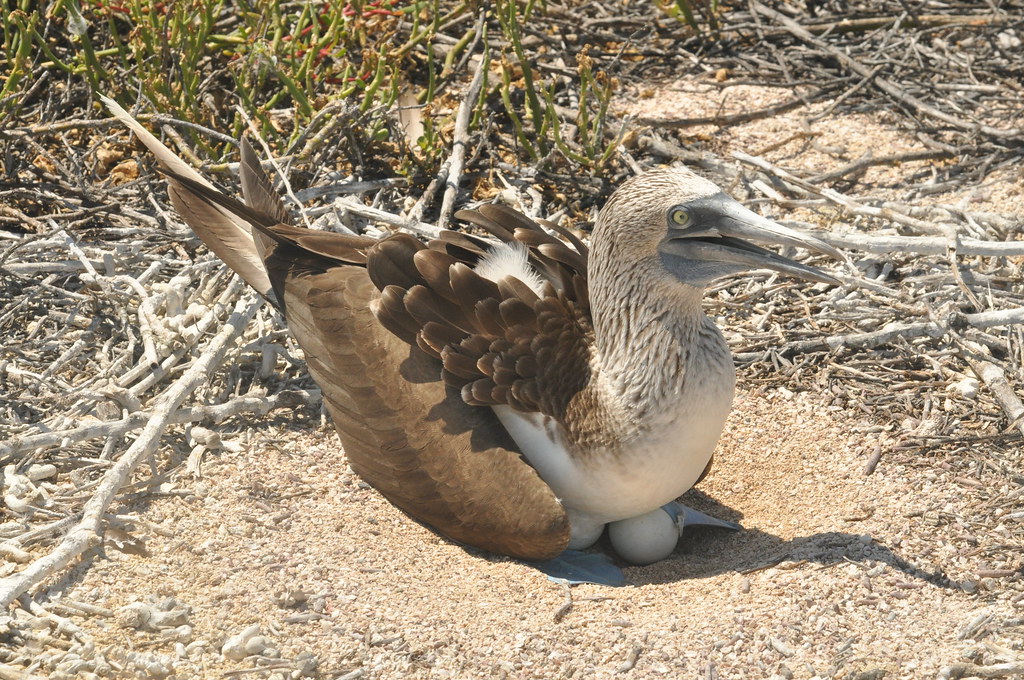
But with such a close relationship to the extinct dinosaurs, why did birds survive? The answer probably lies in a combination of things: their small size, the fact they can eat a lot of different foods and their ability to fly. The catastrophic event that ended the age of dinosaurs didn’t spell doom for all of them – it actually gave the surviving lineage a massive evolutionary advantage.
We know from the fossil record that large-bodied land animals were hit hard. Only the small survived. The smallest surviving dinosaurs weighed about 500g, while surviving mammals were typically under 1kg, with the largest being around 25kg. The birds in your backyard are the descendants of the toughest, most adaptable creatures on Earth. They survived the worst mass extinction in the planet’s history and then diversified into the incredible variety of species you see today. Some small, feathered theropods survived, possibly because: They were small and adaptable. They could fly or glide, escaping predators and finding food. They had high metabolic rates and insulation (feathers). Their diverse diets helped them adapt to changing environments. These survivors evolved over millions of years into modern birds.
Conclusion
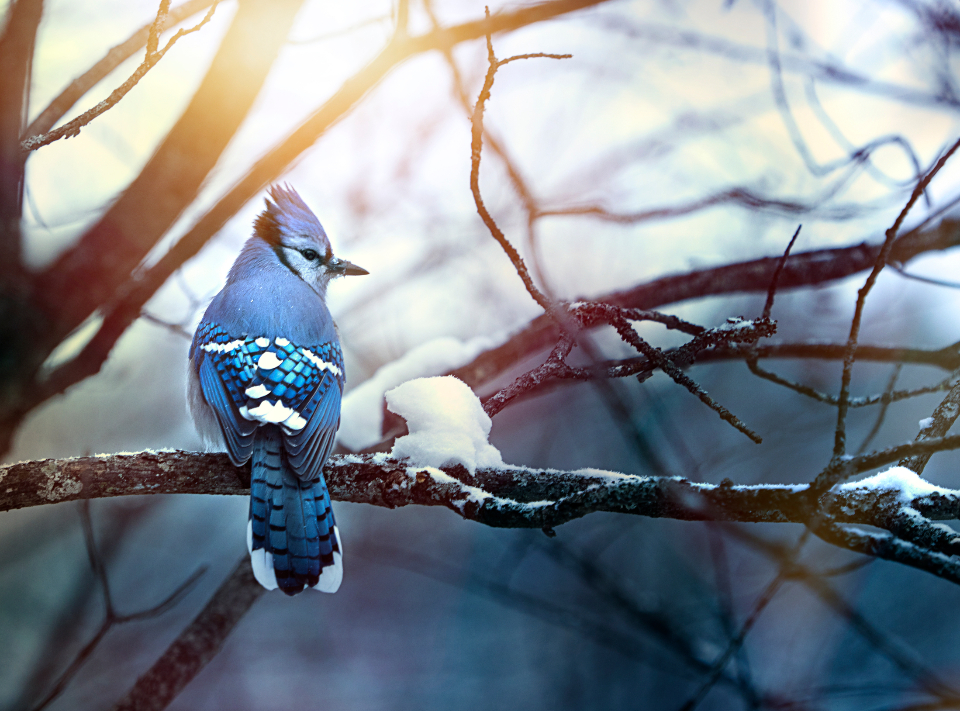
The reality is almost too incredible to believe, yet the evidence is undeniable. This evidence has led to the realization that the jays, finches, and hummingbirds that so peacefully frequent your backyard are indeed living dinosaurs – a surviving lineage of vicious predators that ruled the terrestrial ecosystems of the Mesozoic. Every flutter of wings, every melodic call, every protective gesture around a nest is a direct continuation of behaviors and abilities that have been refined over hundreds of millions of years.
Next time you see a bird in your garden, remember: you’re not just watching wildlife – you’re seeing a dinosaur in motion. These aren’t just distant relatives of ancient beasts – they ARE ancient beasts, perfectly adapted and thriving in the modern world. The next time you fill your bird feeder or listen to the dawn chorus, remember that you’re not just feeding cute little creatures – you’re sustaining the last living branch of the dinosaur family tree.
Who would have thought that the most successful dinosaurs would turn out to be the ones singing outside your bedroom window each morning?

